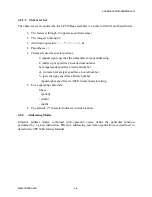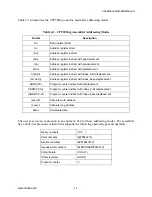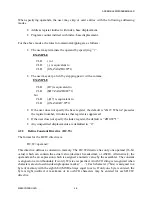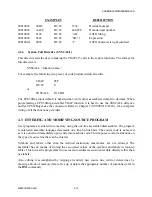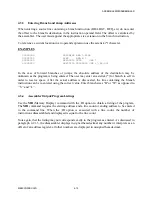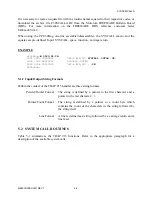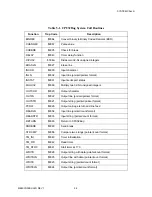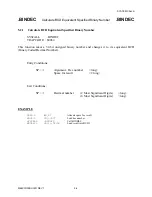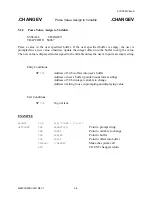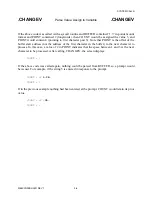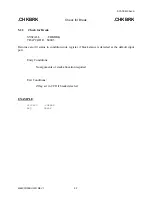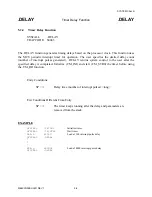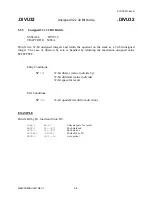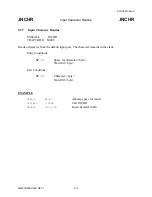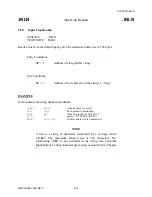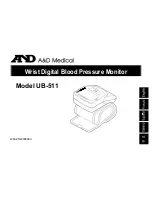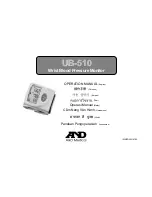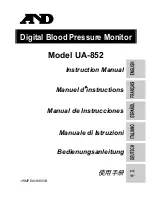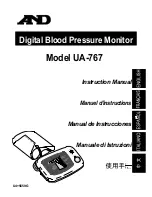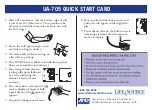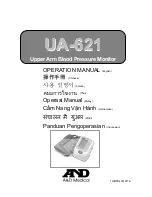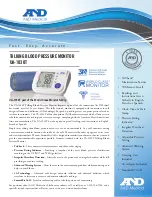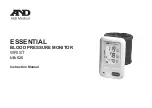
ASSEMBLER/DISASSEMBLER
M68CPU32BUG/D
4-10
EXAMPLES
DESCRIPTION
00010022
04D2
DC.W
1234
Decimal number
00010024
AAFE
DC.W
&AAFE
Hexadecimal number
00010026
4142
DC.W
’AB’
ASCII String
00010028
5443
DC.W
’TB’+1
Expression
0001002A
0043
DC.W
’C’
ASCII character is right justified
4.2.4
System Call Directive (SYSCALL)
This directive aids the user in making the TRAP #15 calls to the system functions. The format for
this directive is:
SYSCALL <function name>
For example, the following two pieces of code produce identical results.
TRAP
#$F
DC.W
0
or
SYSCALL
.INCHR
The CPU32Bug input default is hexadecimal, while other assemblers default to decimal. When
programming a CPU32Bug assembler TRAP function it is best to use the SYSCALL directive
and let CPU32Bug make the conversion. Refer to Chapter 5 (SYSTEM CALLS), for a complete
listing of all the functions provided.
4.3 ENTERING AND MODIFYING SOURCE PROGRAM
User programs are entered into memory using the one-line assembler/disassembler. The program
is entered in assembly language statements on a line-by-line basis. The source code is not saved
as it is converted immediately upon entry into machine code. This imposes several restrictions on
the type of source line that can be entered.
Symbols and labels, other than the defined instruction mnemonics, are not allowed. The
assembler has no means of storing the associated values of the symbols and labels in look-up
tables. This forces the programmer to use memory addresses and to enter data directly rather than
use labels.
Also, editing is accomplished by retyping an entirely new source line. Add or delete lines by
moving a block of memory data to free up or delete the appropriate number of locations (refer to
the BM command).
Содержание M68CPU32BUG
Страница 16: ...GENERAL INFORMATION M68CPU32BUG D REV 1 1 8 ...
Страница 30: ...DEBUG MONITOR DESCRIPTION M68CPU32BUG D REV 1 2 14 ...
Страница 102: ...DEBUG MONITOR COMMANDS M68CPU32BUG D REV 1 3 72 ...
Страница 168: ...DIAGNOSTIC FIRMWARE GUIDE M68CPU32BUG D REV 1 6 24 ...











